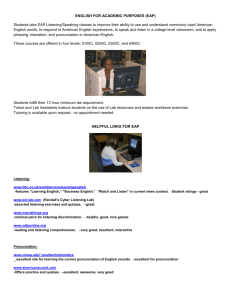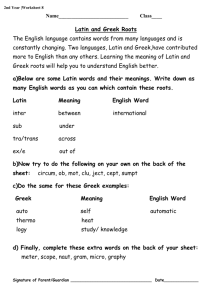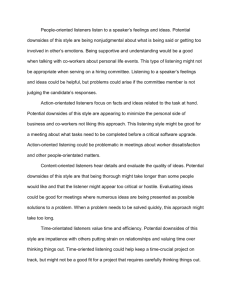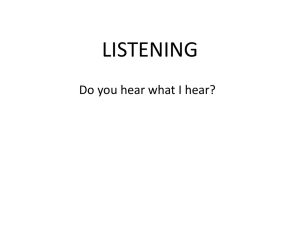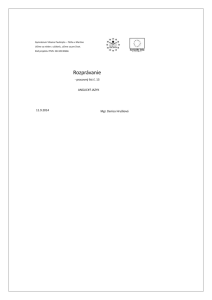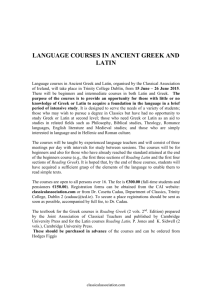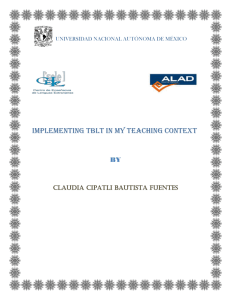Display Case Student Instructions
advertisement
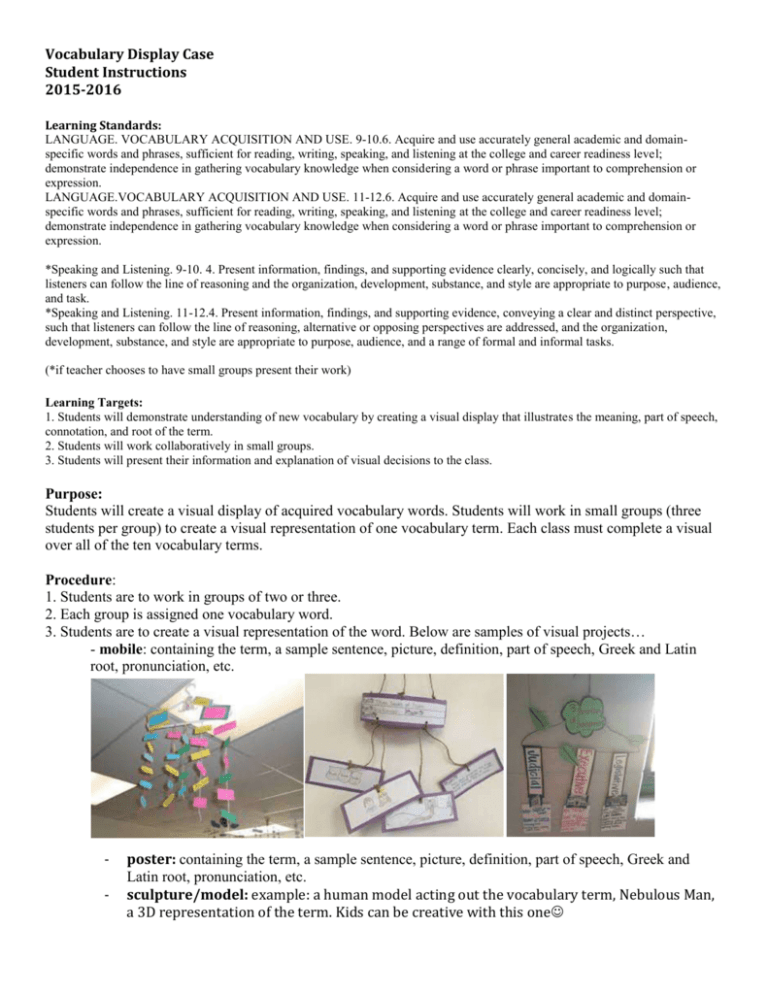
Vocabulary Display Case Student Instructions 2015-2016 Learning Standards: LANGUAGE. VOCABULARY ACQUISITION AND USE. 9-10.6. Acquire and use accurately general academic and domainspecific words and phrases, sufficient for reading, writing, speaking, and listening at the college and career readiness level; demonstrate independence in gathering vocabulary knowledge when considering a word or phrase important to comprehension or expression. LANGUAGE.VOCABULARY ACQUISITION AND USE. 11-12.6. Acquire and use accurately general academic and domainspecific words and phrases, sufficient for reading, writing, speaking, and listening at the college and career readiness level; demonstrate independence in gathering vocabulary knowledge when considering a word or phrase important to comprehension or expression. *Speaking and Listening. 9-10. 4. Present information, findings, and supporting evidence clearly, concisely, and logically such that listeners can follow the line of reasoning and the organization, development, substance, and style are appropriate to purpose, audience, and task. *Speaking and Listening. 11-12.4. Present information, findings, and supporting evidence, conveying a clear and distinct perspective, such that listeners can follow the line of reasoning, alternative or opposing perspectives are addressed, and the organization, development, substance, and style are appropriate to purpose, audience, and a range of formal and informal tasks. (*if teacher chooses to have small groups present their work) Learning Targets: 1. Students will demonstrate understanding of new vocabulary by creating a visual display that illustrates the meaning, part of speech, connotation, and root of the term. 2. Students will work collaboratively in small groups. 3. Students will present their information and explanation of visual decisions to the class. Purpose: Students will create a visual display of acquired vocabulary words. Students will work in small groups (three students per group) to create a visual representation of one vocabulary term. Each class must complete a visual over all of the ten vocabulary terms. Procedure: 1. Students are to work in groups of two or three. 2. Each group is assigned one vocabulary word. 3. Students are to create a visual representation of the word. Below are samples of visual projects… - mobile: containing the term, a sample sentence, picture, definition, part of speech, Greek and Latin root, pronunciation, etc. - poster: containing the term, a sample sentence, picture, definition, part of speech, Greek and Latin root, pronunciation, etc. sculpture/model: example: a human model acting out the vocabulary term, Nebulous Man, a 3D representation of the term. Kids can be creative with this one Vocabulary Display Case Student Instructions 2015-2016 - vignette: a series of visual descriptions/illustrations/comics of the vocabulary term and its meaning, connotation, use in a sentence or scene, root, part of speech, etc. - pictogram: must also incorporate definition, part or speech, etc. - - mural: showing the term in action with pictures to illustrate the part of speech, definition, sample sentences, etc. - word art: illustrate the term in a way that show its meaning. 6. After deciding on the visual project your group wishes to complete, brainstorm ways to incorporated the word, part of speech, definition, Greek/Latin root, connotations, etc. into the project . Suggested Supplies: 1. Card stock 2. Hangers 3. Poster paper 4. String 5. Scissors, markers, crayons, colored pencils 6. Modeling clay 7. Computer/printer 8. Cardboard 9. Bottle caps Deadline Dates: 1. Jenkins: List 1, Sept 4 2. Gaetjens: List 2, Sept. 17 3. Warstler: List 3, Oct. 2 4. Weaver: List 4, Oct. 16 5. Green: List 5, Oct. 30 6. Daut: List 6, Nov. 13 10. Feathers 11. Fake fur 12. Aluminum foil 13. Junk mail 14. Grocery bags 15. Egg cartons 16. Calendar pictures 17. Fabric 18. Felt 7. Wells: List 7, Jan. 29 8. Veldhuizen: List 8, Feb. 12 9. Daugherty: List 9, Feb. 26 10. Malesick: List 10, Mar. 11 11. Brothers: Pick 1 word from each list, Apr. 8
